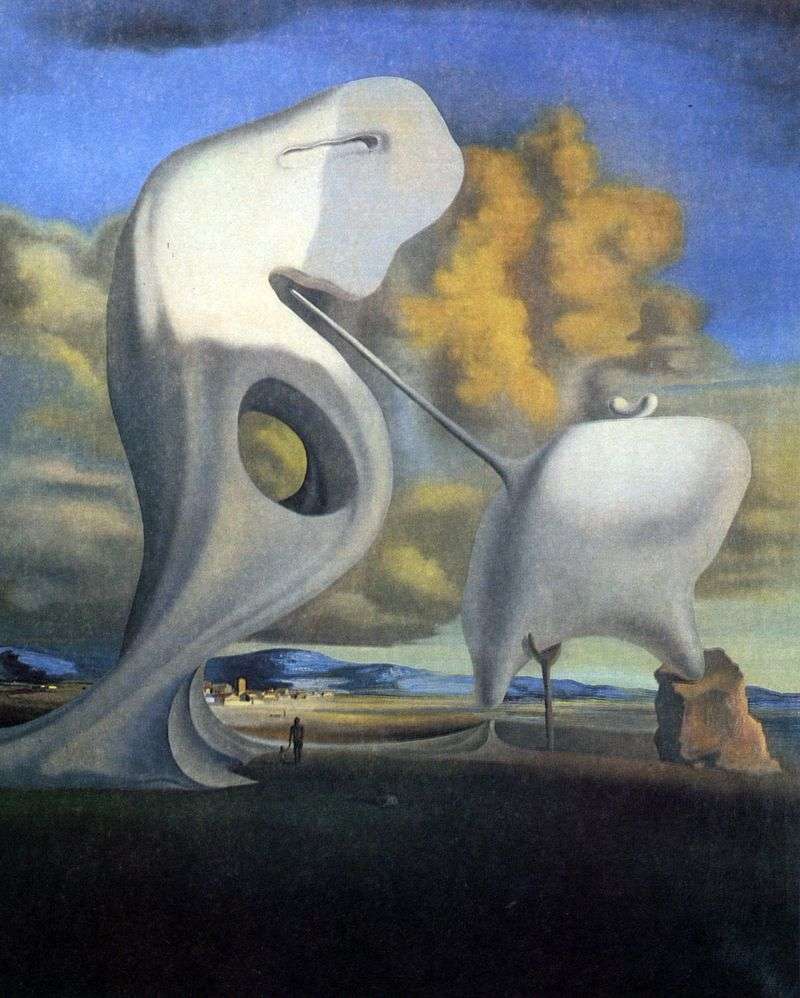
One of a series of remarkable works in which Daly expressed his obsession with the idyllic picture of Millet ‘Angelis’. In an essay in 1938, ‘Tragic myth of Angela Millet’, he describes how the female figure in this picture linked in his perception with sexual aggressiveness, and her pose – with the pose of a female mantis, preparing to devour a male after copulation.
The fantastic shapes of the rocks near Cape Kreus, not far from the house of Dali, contributed to the transformation of the couple from the picture of Millet into huge similarities of menhirs or statues. Although the male figure is larger, she is doomed to wait when her neck touches a long sting, probably transformed from the forks that are on the original Mille.
 Architectural Angelus Millet – Salvador Dali
Architectural Angelus Millet – Salvador Dali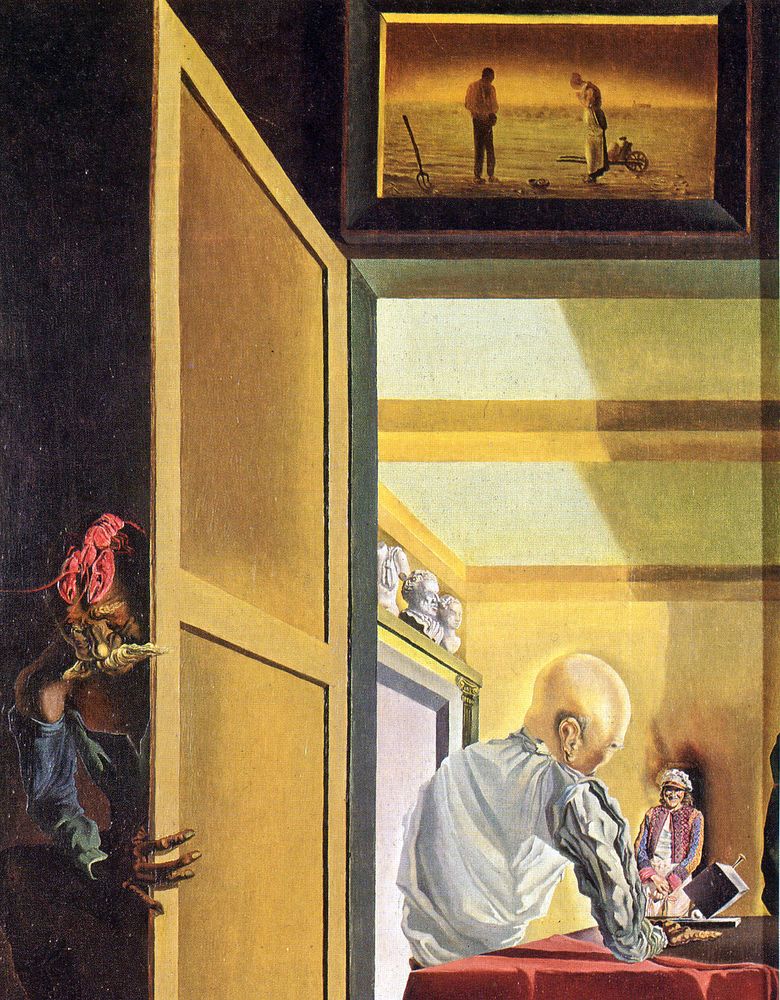 Gala et Angelus Millet juste avant le début de l’anamorphose conique – Salvador Dali
Gala et Angelus Millet juste avant le début de l’anamorphose conique – Salvador Dali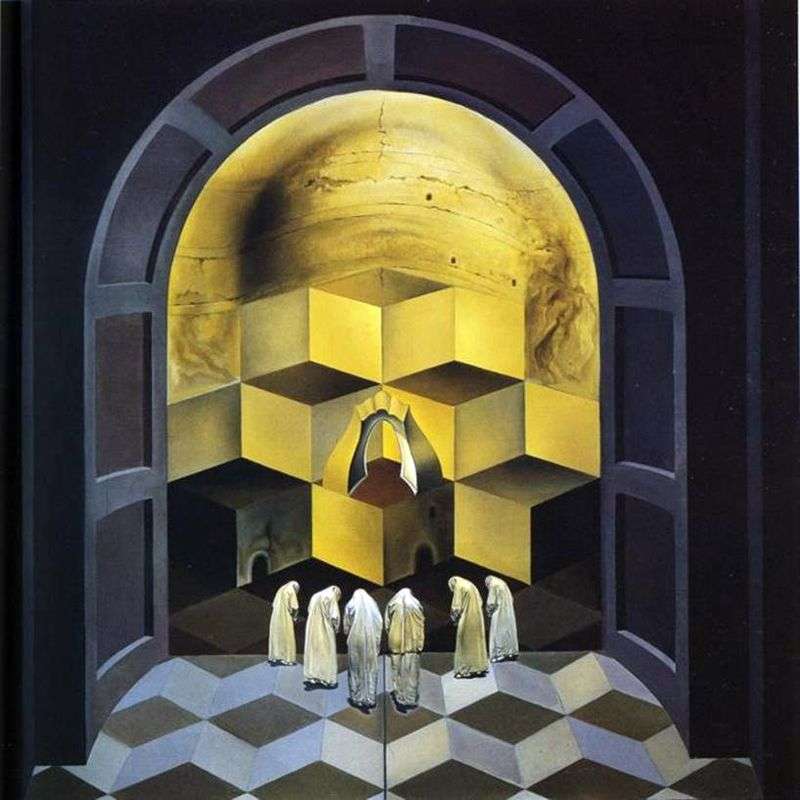 Skull of Zurbaran by Salvador Dali
Skull of Zurbaran by Salvador Dali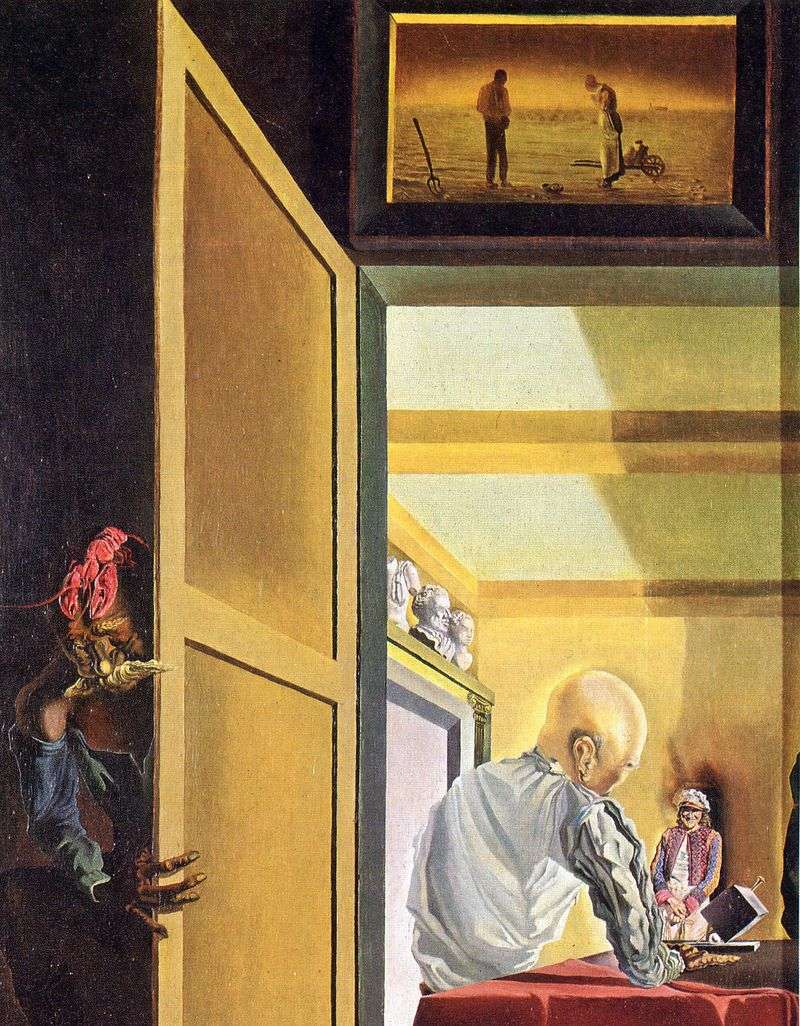 Gala and Angelis Millet just before the onset of conical anamorphosis by Salvador Dali
Gala and Angelis Millet just before the onset of conical anamorphosis by Salvador Dali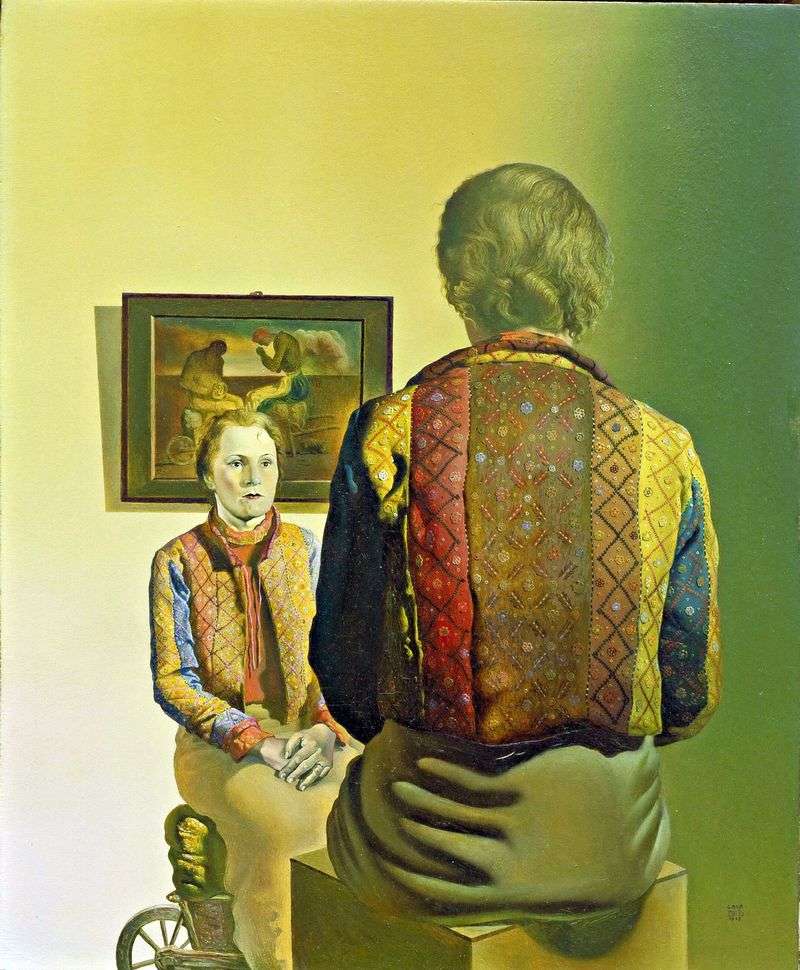 Portrait of Gala by Salvador Dali
Portrait of Gala by Salvador Dali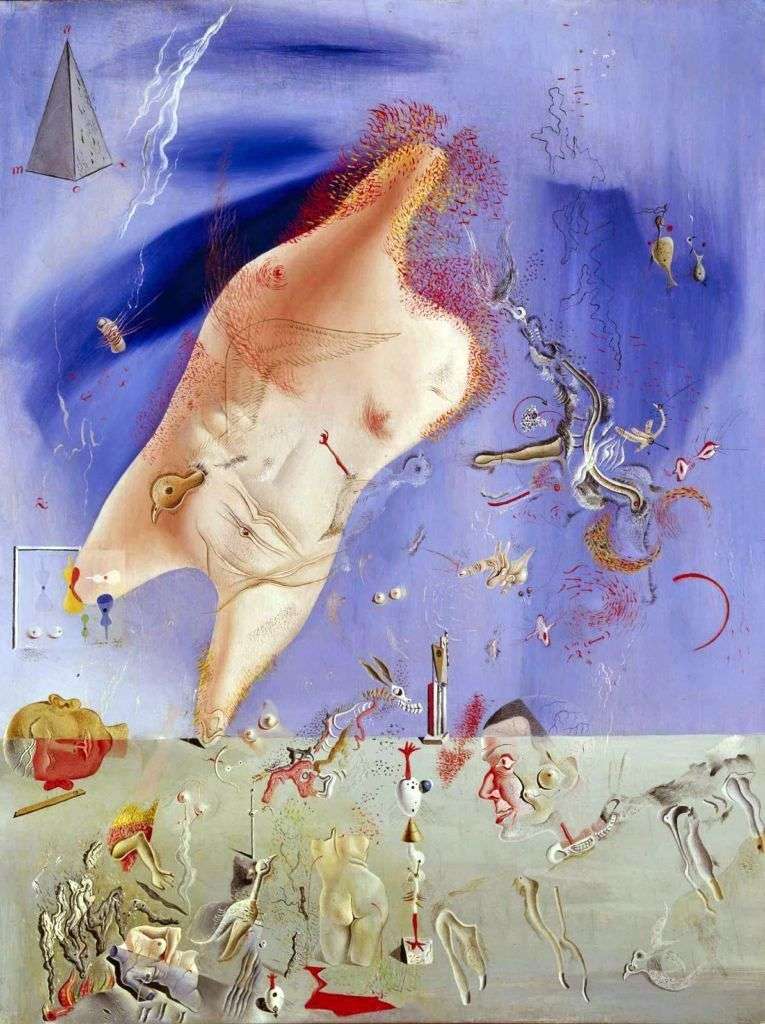 Senicitas by Salvador Dali
Senicitas by Salvador Dali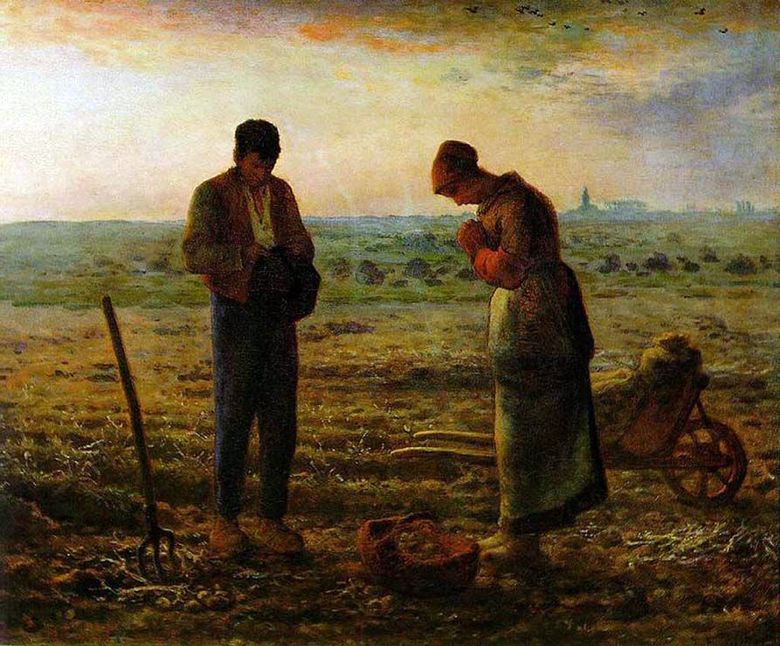 Angélus (prière du soir) – Jean-Francois Millet
Angélus (prière du soir) – Jean-Francois Millet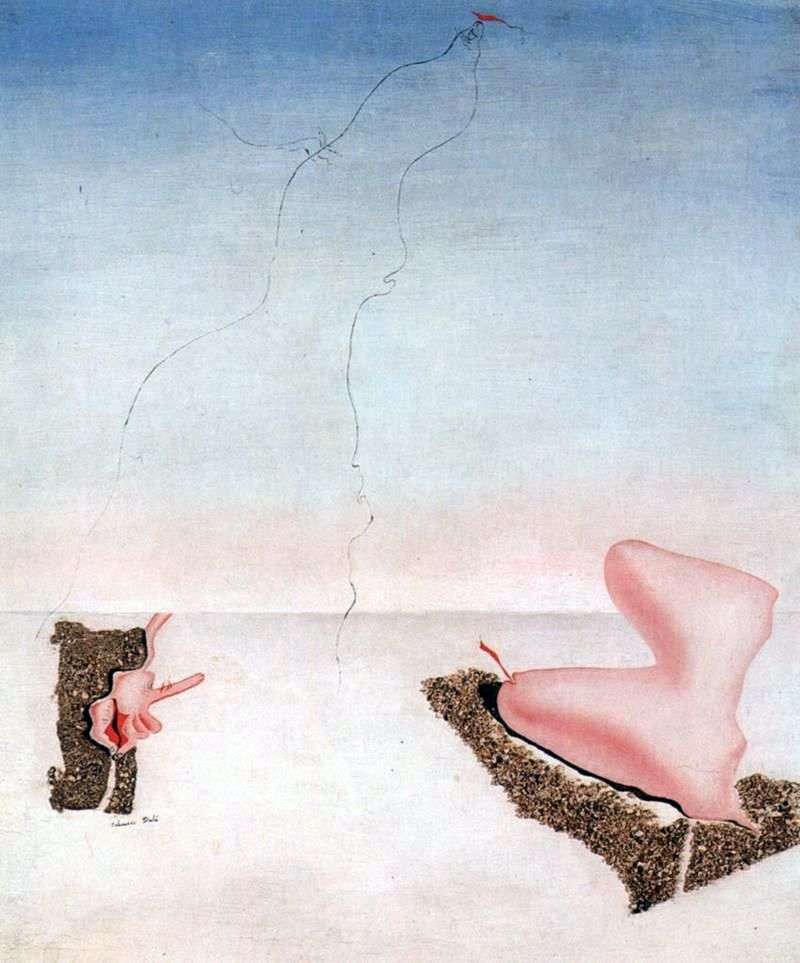 Dissatisfied desire by Salvador Dali
Dissatisfied desire by Salvador Dali